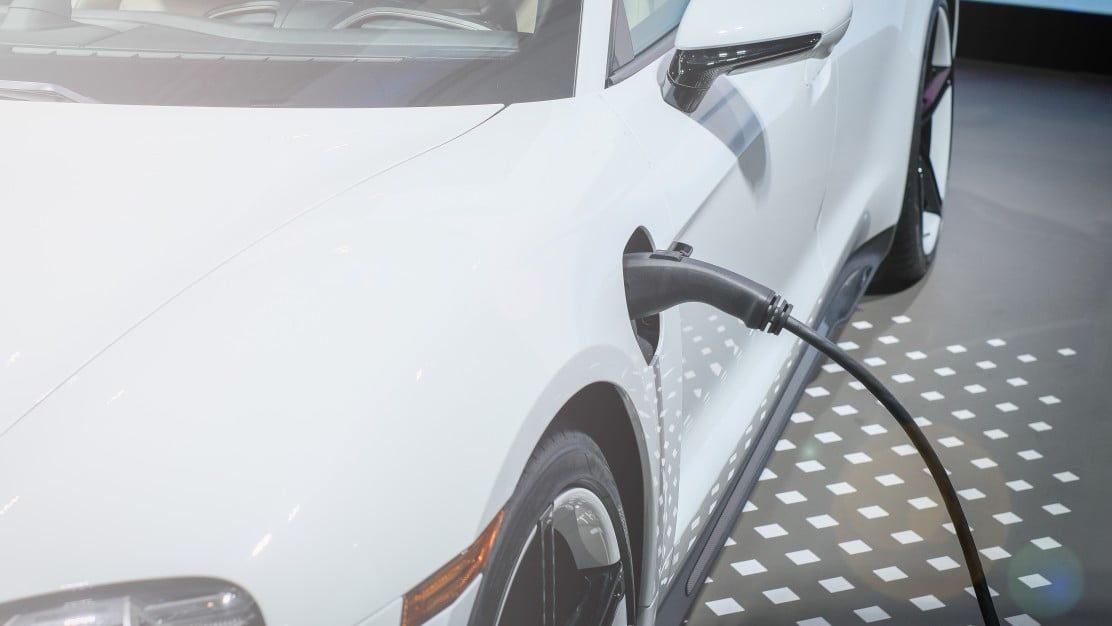History of Electric Vehicles
28/10/2020

Electric vehicles (EVs) are becoming more and more popular with each passing year. While the popularity of EVs may make them seem like they are a recent innovation, EVs have a long and interesting history and even pre-date internal combustion engines (ICEs).
The first “horseless carriages” were built in the late 18thcentury and early 19thcentury. Initially, these vehicles were powered by steam. Developments in battery technology and electric motors ushered in the first electric cars, designed and built in the 1820s and 1830s. While early EVs had single-use batteries, the invention of the lead-acid battery and then nickel-iron battery meant that electric cars could be recharged, increasing their practicality.
At the turn of the century, steam-powered vehicles, ICEs and EVs were all viable and competitive vehicle options with their own strengths and weaknesses. EVs had no smelly fumes, they were the easiest to drive and they were safer than their counterparts. However, they couldn’t go very far. This hardly mattered in the 19thcentury, since the only roads suitable for horseless carriage travel were within cities, but as roads improved, ICEs became more viable. As such, resources were diverted towards ICE technology, and EVs fell by the wayside for much of the 20thcentury.
Interest was again piqued in the 1970s when the oil crisis cast doubt on the longevity of oil supplies globally. The problems with oil reliance were compounded by the growing evidence that emissions were driving climate change. In the 1980s and 1990s, pressure from society and governments drove a return to investigating the potential of EV technology.
Developments were slow as EV tech caught up with decades of ICE innovation and faced resistance from oil companies. For example, General Motors and Toyota both introduced EVs powered by nickel metal hydride (NiMH) cells. Threatened by the success and practicality of this technology, Chevron bought the NiMH patent, and the production of EV NiMH cells was halted.
In spite of such setbacks, advances in hybrid technology and then EV technology have made for a booming EV business. As EVs have been popularised by brands like Toyota, Nissan and Tesla, more companies have joined the charge, which has driven down the cost of production. Demand for EVs, driven by the environmentally minded and financially minded alike, has also spiked. Ecotricity looks forward to watching the EV revolution gain momentum, and we look forward to powering your electric vehicles into a bright, clean future.
If you are interested in going electric, check out our buyers guide. If you already own an EV, consider joining Flip the Fleet. Flip the Fleet is a New Zealand organisation and community project that empowers EV owners to contribute to EV research through gathering data from their own vehicles. The more data we have on cost savings, pollution avoided and return on investment, the more kiwis will be inspired to join the EV revolution.







